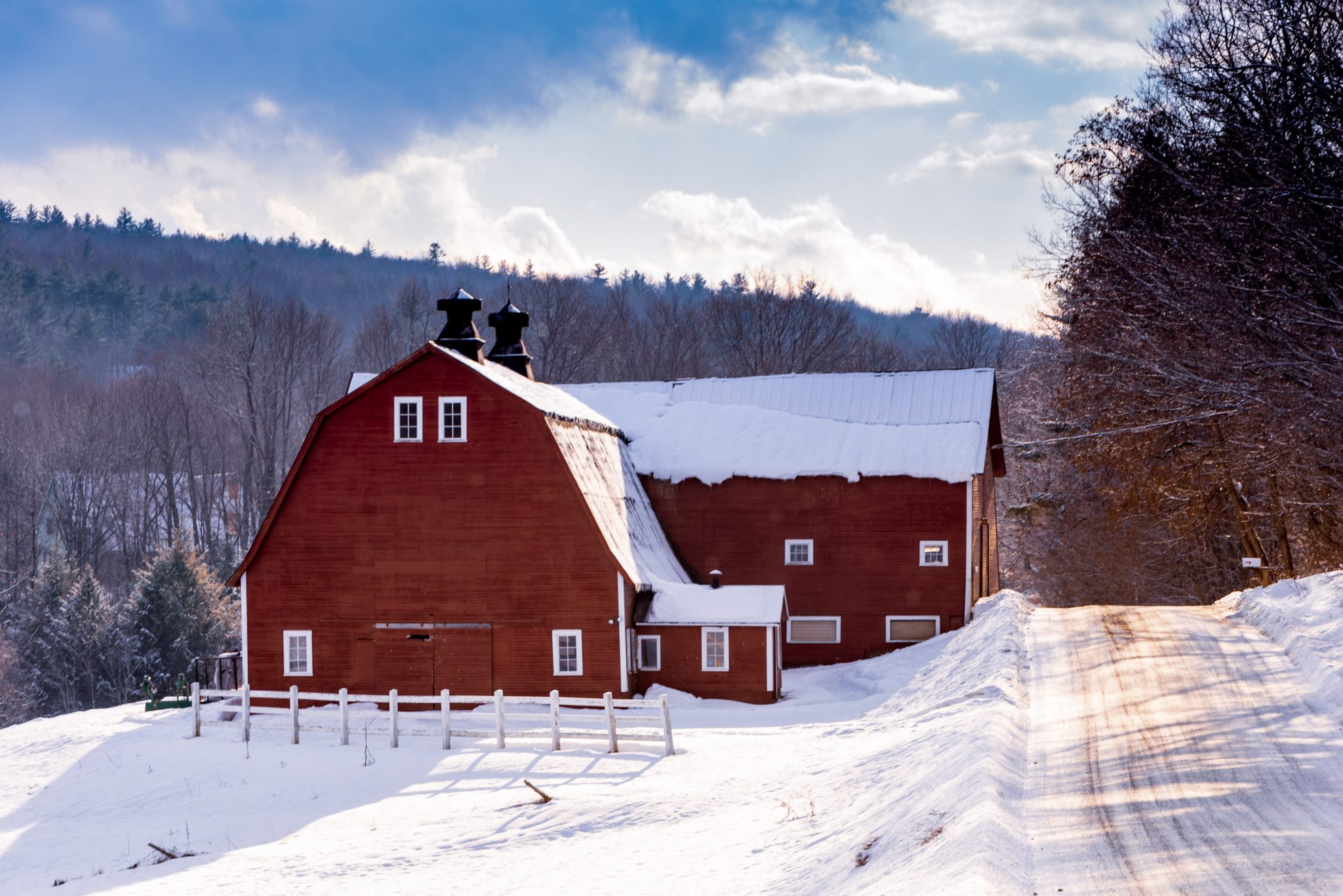We can create a more resilient, equitable, inclusive and vibrant Vermont. In December, The Nature Conservancy in Vermont, in partnership with VNRC and other organizations, released a platform around investing in programs, policies, and projects that “put Vermonters to work turning crisis into opportunity” while addressing environmental challenges. Find it below.
The COVID-19 pandemic is having profound impacts on Vermonters across the state. Every day people face new obstacles and for many the future feels daunting and uncertain. But we believe the future for Vermont is greater than what lies behind – if we move forward in the right way.
The health of our families, economy, and communities is inextricably tied to the health of our environment—including clean air and water, thriving food systems and working lands, functioning ecosystems, and access to the outdoors. As federal funding for COVID recovery comes to Vermont and our leaders make choices on how to rebuild out of the pandemic, we have a once-in-a-lifetime opportunity to invest these dollars and adopt complementary policies to create a future in which both people and nature thrive.
We believe Vermont’s future must be centered on investing in programs, policies, and projects that create jobs while supporting our priceless landscape and addressing pressing environmental challenges. Through these actions, we can create a more resilient, equitable and vibrant Vermont for all Vermonters.
Our Policy Decisions Must Create a Future Where:
1. Strategic investments in technology, career training, job growth, and other assistance create a more renewable, sustainable, and energy efficient modern economy for all.
- Rural Vermonters are empowered to work and thrive in their communities through expanded broadband access, improved transportation options, and financial incentive that decrease their energy and transportation costs, help them relocate out of flood-prone areas, and reduce sprawl, pollution, and climate impacts.
- Vermont’s job market is expanded, with additional training for emerging employment opportunities, particularly for struggling Vermonters from rural communities and historically disadvantaged and marginalized populations.
- New and expanded programs that invest in vocational training, service learning, and other education for Vermont’s young adults create new career opportunities focused on natural resource restoration and conservation, outdoor recreation, energy efficiency, and green technology.
2. Investing in Vermont’s working and natural lands bolsters a critical part of our economy and our landscape.
- Forward-looking farm, food, and forest enterprises provide local products, reduce food insecurity, sustain the land base, and support good jobs for Vermonters, while providing environmental benefits.
- Our land use and other public policies better support resilient, connected, and attractive communities with walkable and livable downtowns surrounded by largely undeveloped countryside.
- Increased investments in conserving, restoring and managing our lands and waters support our tourism and outdoor recreation economies, protect high-quality habitat for fish and wildlife, slow climate change by storing carbon, and reduce downstream flood risks.
3. All Vermonters have access to clean and healthy air, water, soil, and outdoor spaces.
- State agencies that are tasked with caring for public health and the environment have the resources they need to steward our land, water, air, and wildlife, and enhance resilience to climate change.
- Our strategic investments and complementary public policies protect and restore air and water quality, which supports our well-being and economic vitality.
- Well-sited and carefully maintained outdoor recreation opportunities are accessible to all Vermonters, bolstering public health, local economies, and community identity.
For Vermont to prosper, both our human and natural communities need to thrive. We can be a model for the nation in this time of crisis by prioritizing innovation and initiatives that support both our local economy and a healthy environment.

Find the original post at https://www.nature.org/en-us/newsroom/rebuilding-a-resilient-vermont/.




